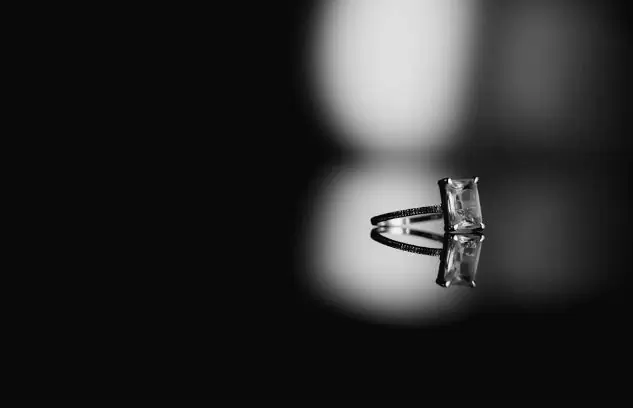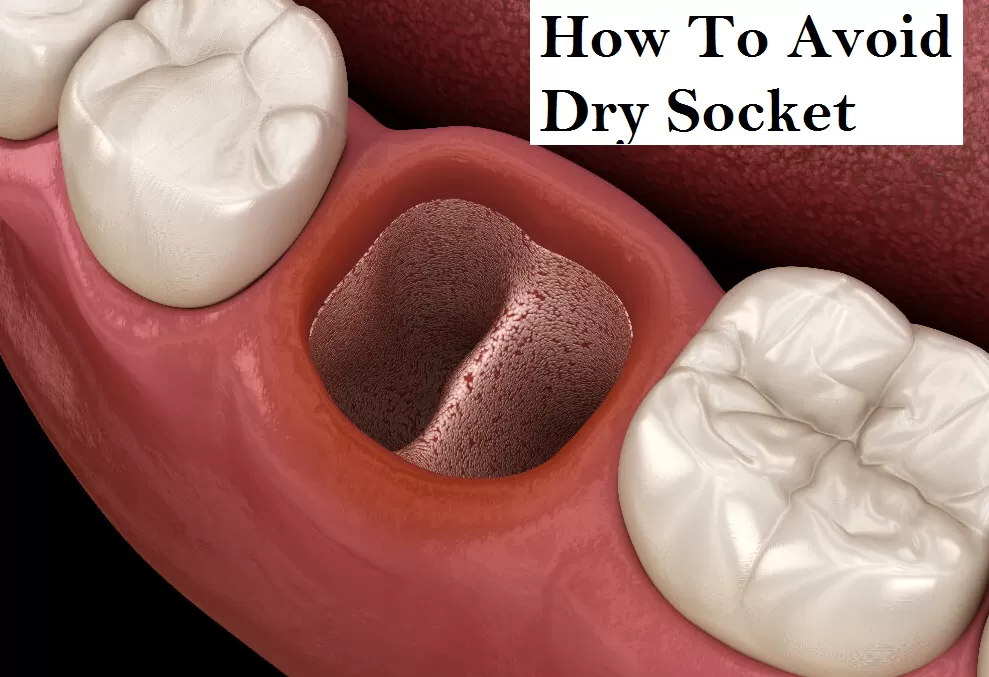How To Avoid Dry Socket
A dry socket is a painful condition that can occur after tooth extraction. It happens when the blood clot, which forms in the socket after extraction and helps to protect the underlying bone and nerves, becomes dislodged or dissolves before the wound has had time to heal. It exposes the bone and nerves, leading to inflammation and severe pain that can last several days.
A dry socket is uncommon, affecting only about 2% of all tooth extractions. However, certain factors can increase your risk of developing a dry socket. These include smoking, using estrogen contraceptives, poor oral hygiene, and a history of dry sockets after previous extractions or surgeries under general anesthesia.
Fortunately, there are some steps you can take to reduce your risk of developing a dry socket after tooth extraction. These include avoiding smoking for at least 48 hours after surgery and rinsing gently with warm salt water two to three times a day starting from 24 hours post-extraction. Additionally, you should avoid drinking through straws or spitting forcefully as these actions create suction in your mouth which could dislodge the blood clot and lead to a dry socket.
How to prevent dry socket
A dry socket is painful when a blood clot fails to form or dislodges from the extraction site after tooth removal. It exposes the underlying bone and nerves to air, food, and fluids, causing severe discomfort lasting several days or weeks. Fortunately, there are some simple measures you can take to prevent dry sockets and promote faster healing.
Firstly, avoid smoking or using tobacco products for at least 72 hours after tooth extraction. Smoking delays the healing process and increases your risk of developing dry sockets up to 12 times compared with non-smokers. Secondly, limit strenuous activities such as exercise or heavy lifting for at least 24-48 hours following surgery, as this can increase blood flow in the mouth and cause bleeding. Thirdly, maintain good oral hygiene by gently brushing your teeth twice daily with a soft-bristled brush and rinsing your mouth with a saltwater solution to reduce inflammation.
In conclusion, preventing dry sockets depends on proper post-operative care following tooth extraction. By avoiding smoking, limiting physical activities in the first few days after surgery and practising good oral hygiene habits, you can minimize your risk of developing this painful condition while promoting faster recovery.
Dry socket after tooth extraction
A dry socket is a common complication of tooth extraction that occurs when the blood clot at the extraction site fails to form or becomes dislodged. It exposes the underlying bone and nerves and causes intense pain that can radiate to the ear, eye, neck, or temple. The risk factors for dry sockets include smoking, using birth control pills, having a history of dry socket or periodontal disease, and not following proper postoperative instructions.
To avoid dry sockets after tooth extraction, adhering to some simple but effective measures is important. First, avoid drinking through a straw, which may dislodge the blood clot and delay healing. Secondly, refrain from smoking or using tobacco products, as they can impede blood flow and increase inflammation in the mouth. Thirdly, maintain good oral hygiene by gently brushing your teeth with a soft-bristled brush and rinsing your mouth with salt water several times daily.
In addition to these preventive measures, you should follow any specific instructions provided by your dentist or oral surgeon regarding pain management medications, diet restrictions (e.g., avoiding hot liquids), and follow-up appointments. Taking these precautions seriously and being proactive in your post-extraction care routine can significantly reduce your chances of developing a dry socket after a tooth extraction.
What causes dry sockets, and how can I avoid it?
A dry socket is a painful condition that can occur after tooth extraction. It happens when the blood clot in the socket dissolves or becomes dislodged before the wound fully recovers, exposing the bone and nerves. It can lead to intense pain, bad breath, and an unpleasant taste in your mouth.
To avoid a dry socket, following your dentist’s post-operative instructions carefully is important. These may include avoiding smoking or using straws after surgery, as these actions can create suction in your mouth and dislodge the blood clot. You should also avoid hard foods or chewing on the side of your mouth where the extraction occurred.
Additionally, practising good oral hygiene can help prevent dry sockets by reducing bacteria in your mouth that could cause infection. Rinse gently with warm salt water several times a day starting 24 hours after surgery to keep the area clean and promote healing. If you experience severe pain or symptoms of dry sockets, such as bad breath or an unpleasant taste in your mouth, contact your dentist immediately for treatment options.
Prevention tips: How can you avoid getting a dry socket?
A dry socket is a painful condition that can occur after tooth extraction. It happens when the blood clot that forms in the extracted tooth’s socket gets dislodged or dissolves, exposing the nerves and bone to air, food particles, and bacteria. Fortunately, there are things you can do to prevent dry sockets.
One of the most important prevention tips is to avoid smoking or using tobacco products for at least 48 hours after tooth extraction. Tobacco contains chemicals that can delay healing and increase your risk of developing a dry socket. It’s also crucial to carefully follow your dentist’s post-extraction instructions, especially regarding diet and oral hygiene.
Another way to prevent dry sockets is by avoiding hard foods, carbonated drinks, alcohol, and hot beverages for at least 24 hours after tooth removal. These foods and drinks can dislodge the blood clot or irritate the socket area, leading to a dry socket. Instead, opt for soft foods like soups, smoothies or mashed potatoes during this period. Following these simple tips can go a long way in preventing this uncomfortable condition while promoting faster healing after tooth extraction.
FAQs
What is a dry socket?
A dry socket, also known as alveolar osteitis, is a painful oral condition after tooth extraction. It happens when the blood clot in the socket of your extracted tooth dislodges or dissolves before the wound heals. The bone and nerves in your jaw are then exposed to food particles and air, causing severe pain.
Who is more likely to get dry sockets?
Although anyone can develop dry sockets, certain factors increase your risk of getting them. You may be more susceptible if you smoke cigarettes or use tobacco products, have poor oral hygiene habits, or have had previous problems with dry sockets after dental procedures.
Can I prevent a dry socket?
Yes! You can take several steps to prevent developing dry sockets after tooth extraction. Avoid smoking for at least two days before and after surgery, keep gauze over the extraction site for 30-45 minutes afterwards and avoid drinking through straws or spitting forcefully for at least 24 hours following the procedure.
By taking preventative measures like these and consulting with your dentist about any concerns or post-extraction care questions, you’ll be well on your way to avoiding this painful condition!










